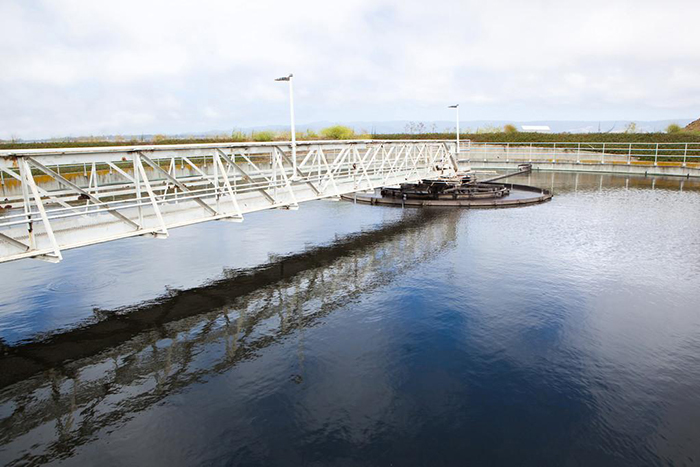1. The amount of cationic polyacrylamide used for coal washing can be set between 30 kilograms and 110 kilograms. It is reasonable to increase the amount of usage and set it between 100 and 300 kilograms. The electroplating wastewater industry and ordinary industrial water generally do not exceed 50 kilograms. Attention: (The usage quantity of these industries is for every 1000 tons of wastewater)!
2. The application of polyacrylamide in the textile industry.
If the process subject adopts a biochemical method, which is to dehydrate the remaining sludge (which may contain some initial sediment), only cationic PAM is needed as the sludge dewatering agent.
If the process subject adopts physical and chemical methods, such as primary strengthening, loading magnetic separation, etc., generally adding between kilograms first; The amount of wastewater used in the chemical industry is generally between 50 and 120 kilograms; The wastewater from the dyeing and papermaking industries is difficult to treat with PAC conditioning, followed by the addition of anionic flocculants and cationic flocculants for dehydration. The specific dosage should be determined based on the quality of the sewage.
There are also many sewage treatment stations where PAC or other inorganic flocculants can be directly added for sludge dewatering. This is widely used in plate and frame filter presses, especially in electronic factories or small sewage treatment stations.
When using PAM as a sludge dewatering agent, the ratio of PAM to water is generally between 0.1% and 0.2%. After dissolving into a gel like liquid, it is added to the sludge for mixing treatment.
The ratio with sludge is generally between 5% and 10%, with some even lower. This should be determined based on the concentration of sludge, and the dosage and usage model should be determined through on-site beaker experiments as much as possible. The treatment effect of sludge varies depending on the sludge, chemicals, equipment, and management level.
3. The sewage treatment plant uses cationic polyacrylamide as a sludge dewatering agent for sewage operation. In the process of communicating with customers, they often ask about the amount of sludge dewatering agent added during the sewage treatment sludge dewatering process. To have a relatively accurate understanding of the dosage of sludge dehydrating agent, the first step is to understand these parameters, such as the moisture content of sludge, the moisture content of sludge cake, the amount of sludge input, the amount of chemicals input, and the concentration of chemicals added.

Sludge moisture content: The percentage of the weight of water contained in sludge to the total weight of sludge is called sludge moisture content.
Mud cake moisture content: The percentage of the weight of the moisture content in the removed sludge cake to the total weight of the sludge is called the mud cake moisture content.
The calculation also needs to be carried out through the following formulas:
1. Dosage mg/L=Dosage mass/Treatment water volume/Dosage concentration
2. Treatment water volume and dosage=Treatment water volume m3/h * Dosage g/m3
3. Dry sludge amount=treated water amount * [(1- sludge moisture content)/(1- sludge cake moisture content)]
4. Chemical consumption per ton of dry mud g/m3=dosage/dry mud amount
The above calculation results may have significant errors and are only for reference during sewage operation. The actual drug consumption needs to be tested through actual machine operation.

Address:No.3 North Haohua East Road, Industrial Park, Neiqiu County, Xingtai City, Hebei Province
Website:www.longkehg.com